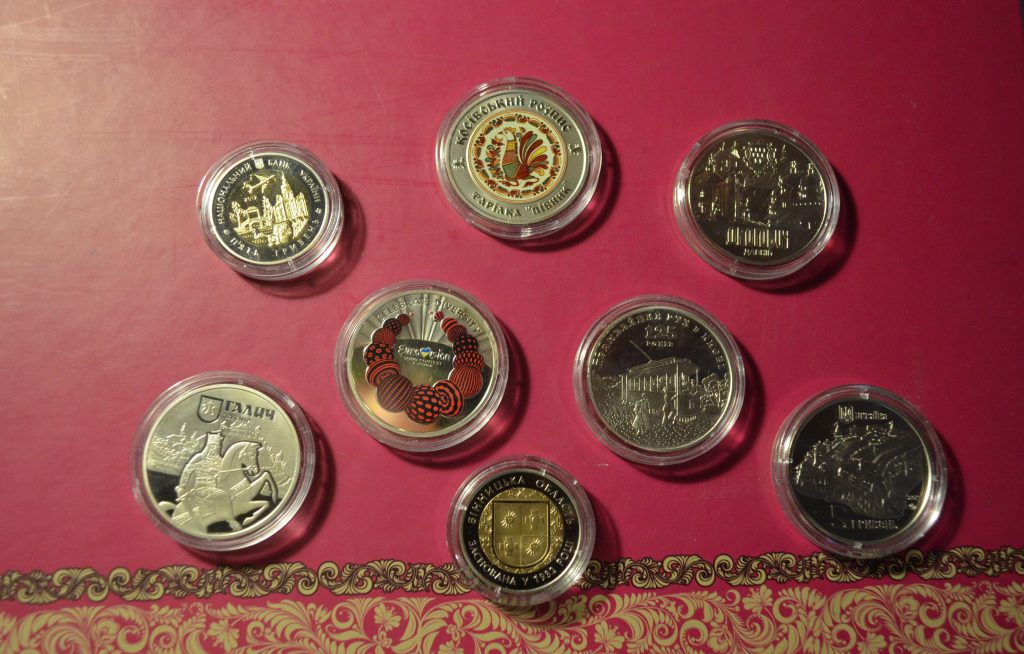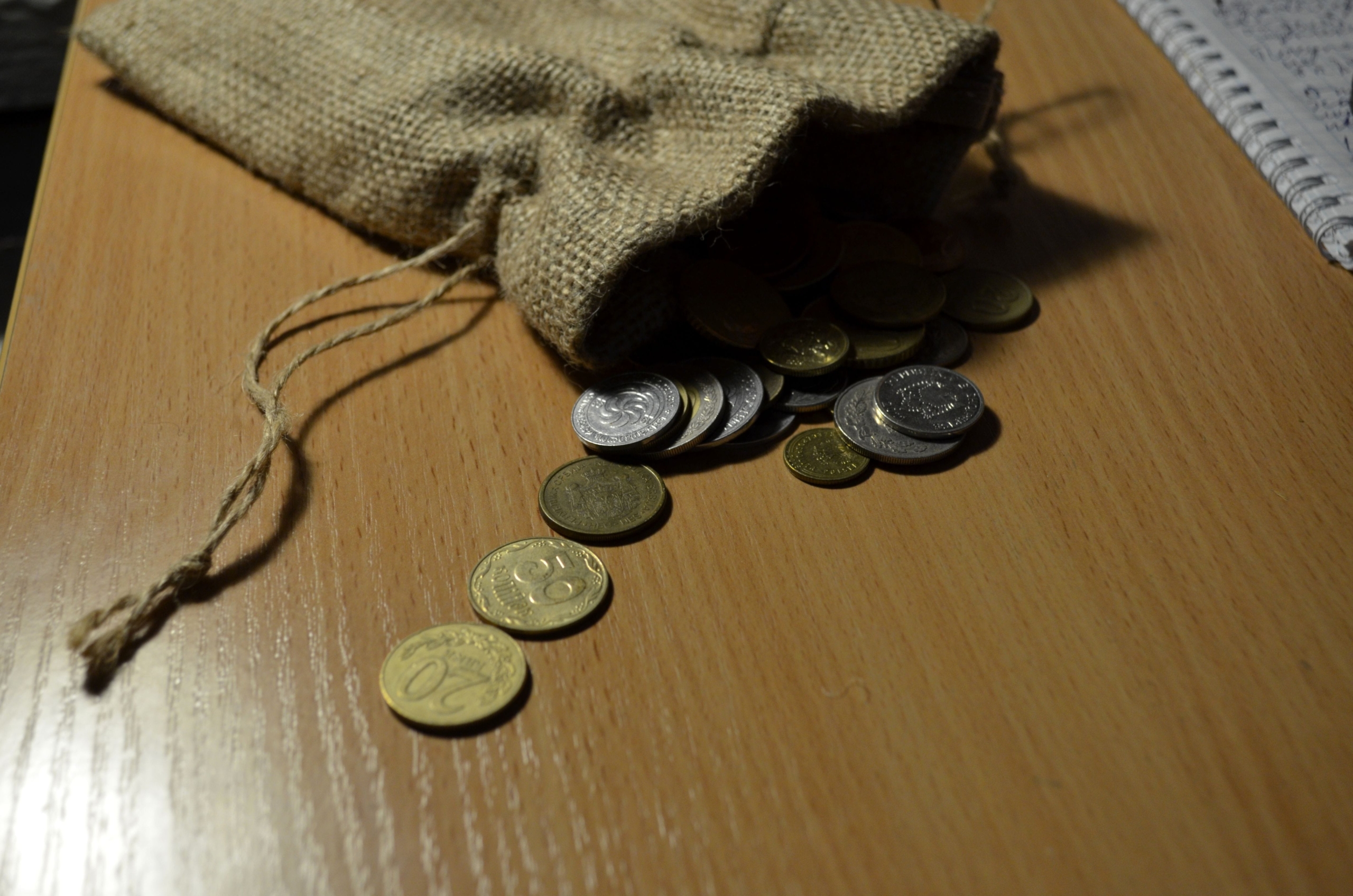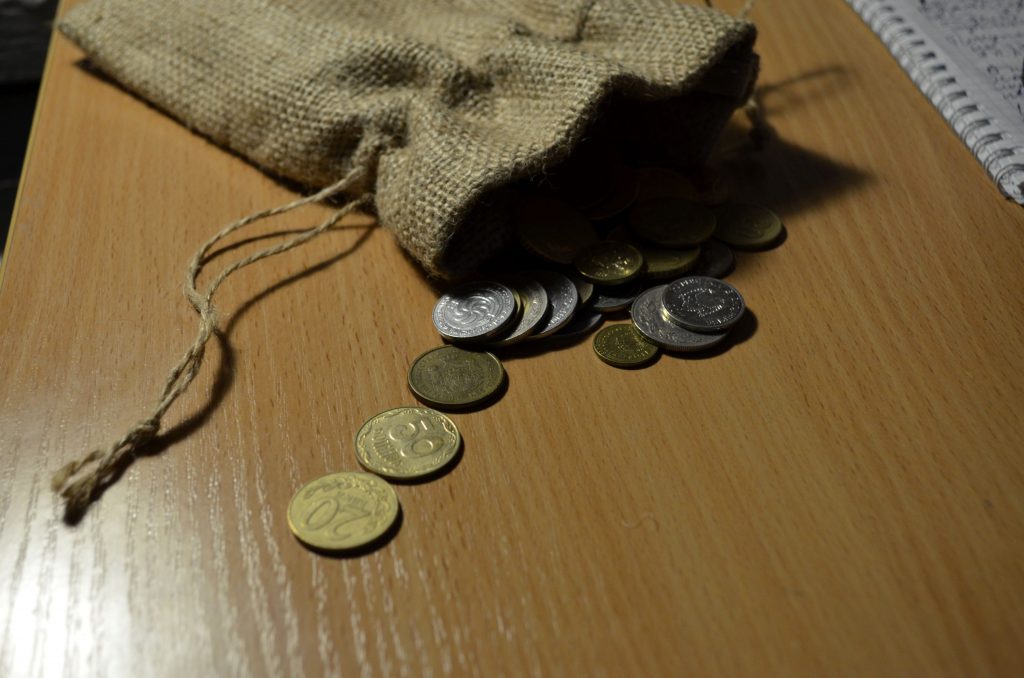Numismatics in traveling – collecting coins from different countries
When you go on a trip, there is a question of what to bring yourself as a memory, what souvenir to buy… People without imagination buy up magnets … Of course, this has the right to be, but not everyone has to magnetize the refrigerator. Therefore, everyone chooses for himself some hobby, collecting, which can be realized with the help of travel.
I have a number of such collections. I talked about it in the article “What to bring back from a trip”: postcards, tickets for public transport, photos and videos.
One of these passions – numismatics, and simply – collecting circulating coins. It does not require special expenses financial or time, it is easy to realize the collection of necessary things that do not take up a lot of space and well stored. Information about this hobby and I want to share with you today.
So, you are in another country. The first thing you need to do, and even more often before you arrive, is to exchange your money for local money, or withdraw it from an ATM. You will receive a packet (or several bills) of local currency. During your stay in the country, you will have to spend them, buying groceries, renting a hotel room, renting a car, eating at various establishments, and using public transportation.
Throughout the trip, money is regularly used, exchanged, spent, and I receive change, including change. By change, I mean exchangeable coins – those that are in common use. How not to take a chance and put a couple of coins in my collection?
What coins to collect
Of course, there are a variety of coins to collect. I would specify these types:
- It is easier to collect common or change coins. These are the coins that are used in everyday life, they are easy to give change or change in kiosks and stores.
- Coins that have fallen out of use are harder to find. They are kept as a memento by the elderly and sold at flea markets. The price for them is higher.
- Vintage coins, which are already tens of years. At the flea market are very rare, more oftenemozhnoemozhno change or buy at auction. Prices are high.
- Defective coins, including circulating coins, which have suffered some kind of defect during the stamping process. Valued by collectors, can be expensive, and are sometimes found in common use.
- Jubilee coins as a rule settle down in home collections of citizens “for memory”, because unusual, but do not represent a special value. Caught in the household or ordered at auction, sometimes caught in a bank exchange.
- Collector coins, issued specifically for collectors. They are not common. they are kept in special holders. They are not expensive (except for limited series), but you can buy them either at auction from a reseller or order them from a bank if available.
- Elongated or pressed coins are coins that are made from common coins with the help of a special machine – automatic machine. Can be attributed to a separate type of collecting. A separate article about it will be published soon.
All these coins are of some value and interest. But since we are talking about budget travel in this article, we are only interested in a few of them.
Changeable coins
Collecting circulating coins that are in common use is the easiest thing to do. By the end of the trip, usually having shaken a handful of ironmongers out of my pockets, I have no trouble finding all the denominations that go around the country. Sometimes I put off the ones I rarely get in advance.
If I don’t have any coins, I go to the nearest store or kiosk, and explaining that I am a tourist-collector, I ask for change so that there are coins of all denominations. Usually, they do not refuse, and smiling sweetly, pour a handful of coins.
Of course they can say no. There are all sorts of people. In this case, you can go to another store, or like me, buy a cheap thing, like a candy bar, that the price would be with a minimum number of kopecks, for example: 1.17. Once again, we can easily get the coins we need.
It is worth remembering that in a number of countries at the same time can be coins of the same denomination with different minting (old and new sample), and therefore do not be lazy to collect all variations.
Among other things, household coins are not only a collector’s item, but also a way to make a little extra money while traveling. I’ll write more about that later!
Obsolete coins
As an example – coins of the USSR in the post-Soviet countries, or coins of the countries that joined the Eurozone (adopted the Euro as a national currency). That is, they are of little value, many people have plenty of them, but they are no longer in common use.
You can get one at a flea market for pennies, or by asking locals. In fact, people love those tourists who are not just lying on the beach, but are interested in the country, studying the culture and history. Therefore, do not hesitate to ask.
Jubilee coins
An example of such a coin – to the 75th anniversary of the liberation of Ukraine from the Nazi invaders. They are quietly in use, although rarely found. Circulation is small, however, since they do not represent value, they may well pay you back. Put them in your piggy bank! They are also found at flea markets.
By the way, I have recently discovered that such coins, if you get them, can not only add to your collection, but also help you earn money. In the nearest trip I will check one idea and if everything works – I will tell you about it! If it doesn’t work – I’ll write about it too =)

How much does it cost?
Collecting of household coins is, in my opinion, a cheap hobby. Consider this. Maximum coins… Well, how many of them can be in circulation…. Let’s say, denominations: 1, 2, 3, 5, 10, 15, 20, 25, 50, 100…. But that’s just pennies….. Plus, you can take coins of the main currency if you wish (say – not only euro cents, but also 1, 2, 5 euro coins).
For example: the most expensive currency in the world as of 2018 is the Kuwaiti dinar, which three times stronger than the dollar, and the exchange rate of 1 Kuwaiti dinar = $3.53 USD. They have coins in 1, 5, 10, 20, 50 and 100 fils.
The total spent will be 7 dollars for a complete kit. And that’s the “heaviest” case, usually takes a dollar or two. Cheaper than any magnet!
Coin storage
Like many people, at first I kept coins in a glass jar, then in a box. Over time, I decided to formalize the collection. For this I use special sheets from numismatic stores (10 cents per sheet for 10 coins, I order from China on Aliexpress). Instead of a folder for coins – office folder for cases, sold for 5 bucks a piece.
Coin cleaning
The coins I collect are common, and therefore do not have serious dirt and rust, as those that are extracted when digging with a metal detector or on archaeological excavations.

They are thoroughly polished by people’s fingers and pocket cloth, and therefore rarely have anything on them besides dirt. Cleaning is unnecessary, but since I’m very clean, I wash them with a soursop of baby soap. I just pour water into the soap dish, leave the soap and in the morning there is something with which, with the help of a soft toothbrush or rag, I wash the coins.
Coins with strong dirt or stains are rare. After all, there are many of them, and it is easier to take the same, but clean, than to scrub, as is done with antique.
In this way, I think you will discover new souvenirs from your trip. Coins are sometimes interesting to look at in detail and read their history, find out what is depicted on them and so on.
Do you collect coins of the countries you have visited? And how many do you already have in your collection?




Leave a Reply
Want to join the discussion?Feel free to contribute!